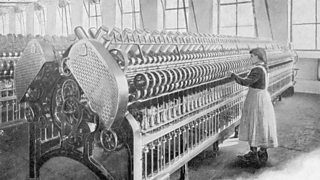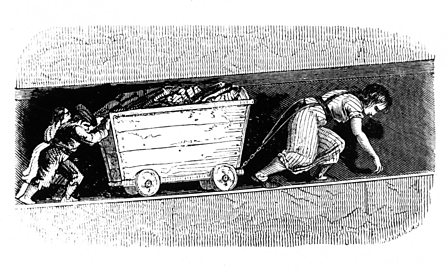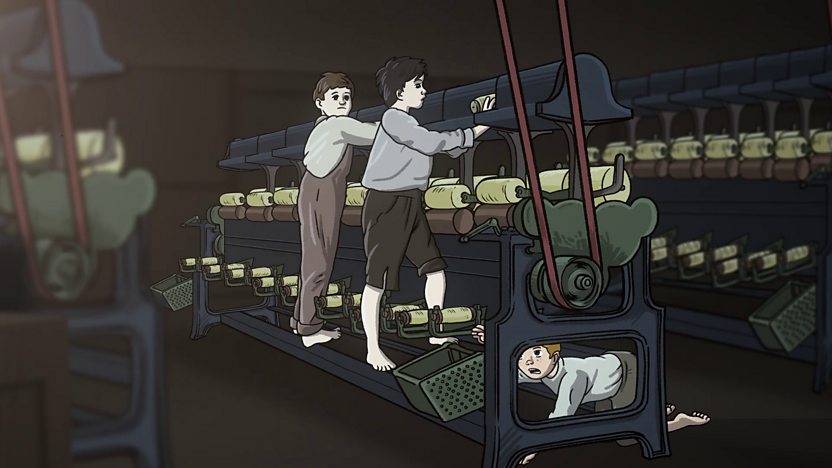Theme
Autumn term
Our Autumn 1 theme is… Sparks Might Fly



Our Key Question is:
- How did the Industrial Revolution change Britain?
Lesson 1: How did the landscape change during the Industrial Revolution?

Lesson 2: How important was the cotton industry in Burnley?

Lesson 3: Why were the canals so important in this era?
Lesson 4: What impact did the steam engine have on the Industrial Revolution?
Lesson 5: Why were the canals so important in this era?

Lesson 6: How did the Industrial Revolution change Britain?

BBC Bitesize has lots of information to answer this topic.
At the end of this topic we will be visiting Astley Hall. This will conclude our Industrial Revolution topic and begin our Plague topic.
Our Autumn 2 theme is… The Plague
Our Key Questions are:
- What were the different types of plagues and how did people catch them?
- What impact did the plague have on London?
- What did the plague doctor look like?
- Why did the plague spread so quick?
- What happened in 1666 that reduced the number of deaths from the plague and how do we know?
- Did the plague spread outside London?
Lesson 1: What was the plague?



Lesson 2: What was the signifficance of the plague doctor?

Lesson 3: What was it like to live in London during the plague?


The children played different roles to see what it would be like to live in London during the time of the plague. They explored the roles of the searcher, doctors, hunters, examiners, constables and the shop keepers.


Lesson 4: Who was Samuel Pepys and what did he tell us about the plague?
Lesson 5: Did the plague spread outside London? What happened in Eyam?
Lesson 6: What happened in 1666 that caused the decline of the plague?
Lesson 1: What was the plague?
We looked at the words in the well known nursery rhyme 'Ring-a-ring o' roses', and explored how each line explained the impact of the plague. We had already made our little posie bags during our school trip so we had some understanding of this already.
As a class, we explored three different plagues - Bubonic plague, pneumonic plague and septiceamic plague.
Looking at photographs of the time period, we explored why we thought the plague spread so quickly.
Lesson 2: What was the signifficance of the plague doctor?
During out trip to Astley Hall, we had already been introduced to the plague doctor so we started of by recalling the facts learnt from the trip. We labelled pictures of the plague doctor, explain the signiffiance of everything they wore. Using role play, we took on the role of the general public and plague doctors. We had great fun examining each other to see if they had the plague and if so, which plague they had. Following our drama, we then write diary enteries as if we were a plague doctor. We developed a great understanding about the sights, feelings and thoughts of plague doctors and how their job differs to doctors we have today.

Lesson 3: What was it like to live in London during the plague?
After reading the 'Orders of the Lord Mayor of London' concerning the Plague, we realised that his instructions meant that there were lots of jobs needed to try and stop the spread of the disease. After learning about the jobs of the doctors, shopkeepers, searchers, hunters, examiners, constables, watcher, bellmen and corpse bearer, we took part in drama excercises. We had great fun developing different senorios to fully understand the signiffiance of each job role.
Lesson 4: Who was Samuel Pepys and what did he tell us about the plague?
We learnt the difference between the words epidemic and pandemic.
Then we explored the Mortality Bill and found out the reasons for some of the deaths during the plauge.

We already knew a little about Samuel Pepys from our topic of The Great Fire of London, which we learnt about in Year 1.Today we read extracts from his diary from the time of the plague. After reading his diary we took on the role of reporters. Some of us were news reporters and some of us were Samuel Pepys. The reporters interveiews Samuel Pepys about his thoughts, feelings and views on the plague. We then used that information to write newspaper articles.
Lesson 5: Did the plague spread outside London? What happened in Eyam?
Using maps and atlas' we located London. We then heard about other areas affected by the plague. We learnt how a little village in Derbyshire became infested by the plague and locaged Eyam with the maps and atlas too.

Reverend William Momprsson who who worked in the village, and his wife, had a plan to contain the plague and stop it spreading to nearby villages. One of the most important parts of the plan was to set up a Cordon Sanitaire or quarantine. This was a line which went around the outskirts of the village. No Eyam resident was allowed to pass it. They also had signs, warning travellers not to enter the village.
The village still needed goods and supplies though. The Earl of Denonshire helped by providing supploes that were left at the southern boundary of the village. Villages left their money in a water trough that was filled with vinegar as they realised that vinegar helped to kill the disease. Chursh services took place in the open air rather than people sitting together on pews and those that died were buried as quickly as possible, reducing the risk of the disease spreading further while people were waiting to be burried.
Although the village of Eyam saved many lives by preventing the spread of the plauge, it did mean that the their had a very high propotion of deaths with 260 people dying out of the 800 residents in the village. Some families were wiped out completely.
Lesson 6: What happened in 1666 that caused the decline of the plague?
There is a lot of information about the plague that can be found on the BBC Bitesize website
 Reedley Primary School
Reedley Primary School












